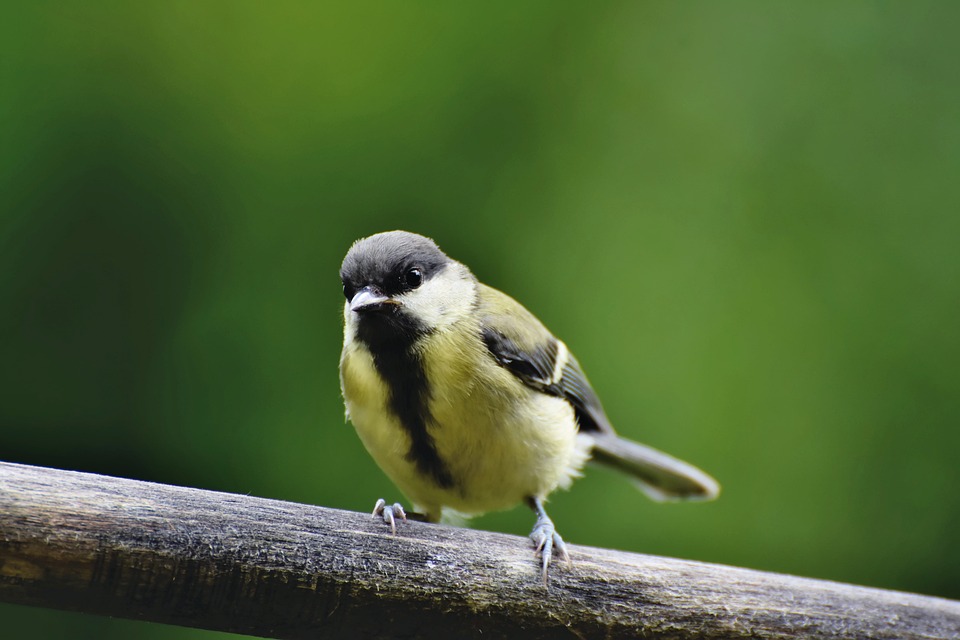The study conducted by the universities of Portsmouth and Bristol in the UK has shed new light on the flight capabilities of prehistoric hatchlings. According to the researchers, these hatchlings were not only powerful but also capable fliers, with wings that were shaped for power rather than gliding flight. This discovery challenges previous assumptions about the flight styles of prehistoric flying reptiles and provides valuable insights into their behavior and evolution.
Pterosaurs, the flying reptiles in question, lived during the triassic, jurassic, and cretaceous periods, dating back from 228 to 66 million years ago. The researchers found that the flight styles of hatchlings differed from those of adults, making them less efficient at traveling long distances. However, this difference allowed them to be more agile fliers, capable of changing direction and speed suddenly.
The study, published in the journal Scientific Reports, utilized wing measurements from four hatchling fossils and embryos from two pterosaur species, pterodaustro guinazui, and sinopterus dongi. The researchers found that the humerus bone of the hatchlings, with a wingspan of just 25cm, was stronger than that of many adult pterosaurs, indicating that they were indeed capable of flight.
Dr. Mark Witton from the University of Portsmouth highlighted the significance of this discovery, stating, „Although we have known about pterosaurs for more than two centuries, we only have fossilized embryos and their hatchlings since 2004. We’re still trying to understand the early stages of life for these animals.“ The findings suggest that pterosaur hatchlings were very strong and capable fliers, with wings ideally shaped for power.
Dr. Liz Martin-Silverstone from the University of Bristol’s School of Earth Sciences added, „It is interesting to know that although their wings may be small, they are constructed in a way that makes them strong enough to fly.“ This insight into the flight capabilities of prehistoric hatchlings provides a deeper understanding of their evolutionary adaptations and behavior.
Overall, the study offers a fascinating glimpse into the world of prehistoric flying reptiles and challenges our perceptions of their flight abilities. By examining the wings and bones of hatchlings, researchers have uncovered a new perspective on how these ancient creatures navigated the skies millions of years ago. This research opens up new avenues for further exploration and study of pterosaurs and their remarkable adaptations for flight.





